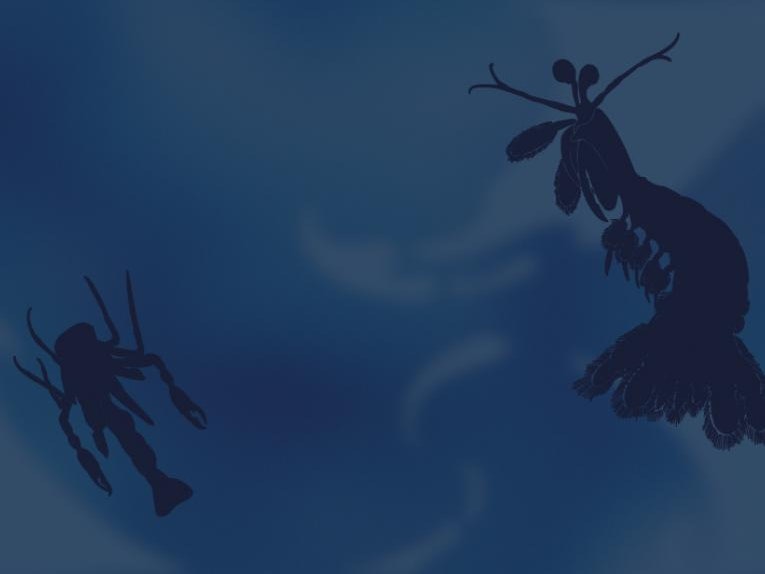
Clever Crustaceans
Discover crustaceans’ smart survival tricks in a mini exhibition with real specimens and hands-on interactives. Created in collaboration with NIWA Taihoro Nukurangi.
Closed
22 May – 21 Aug 2023
Exhibition Ngā whakaaturanga
Free museum entry for New Zealanders and people living in New Zealand
Open every day 10am-6pm
(except Christmas Day)
Free museum entry for New Zealanders and people living in New Zealand
Crustacea includes lobsters, crabs, shrimps, prawns, hoppers, wood lice, water fleas, and several other groups. Most crustaceans live in the sea but some are found in freshwater or on land. The one thing they all need to survive is water, or at least a moist habitat.
There are over 30,000 lots of Crustacea in Te Papa’s collection – more than 100,000 specimens and includes about 240 primary types. The largest crustacean collections in the country are held by Te Papa and NIWA Taihoro Nukurangi.

Discover crustaceans’ smart survival tricks in a mini exhibition with real specimens and hands-on interactives. Created in collaboration with NIWA Taihoro Nukurangi.
Closed
22 May – 21 Aug 2023
Exhibition Ngā whakaaturanga

Primary
Crustaceans come in all shapes and sizes – from huge king crabs to tiny sand hoppers! Get to know them through movement, storytelling, puzzles, and more!
Activity book
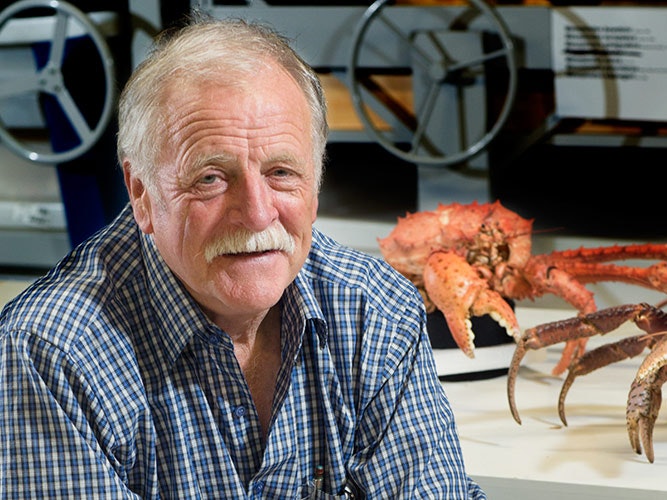
Carcinologists are the people who study the world of crustacea. In this series, they talk about the captivating creatures they love – creatures that as it turns out live all around us…
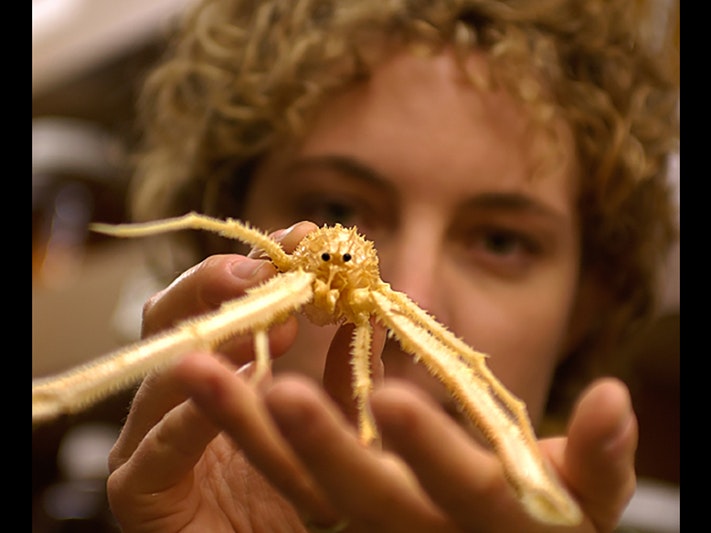
Carcinologists are the people who study the world of crustacea. In this series, they talk about the captivating creatures they love – creatures that as it turns out live all around us…
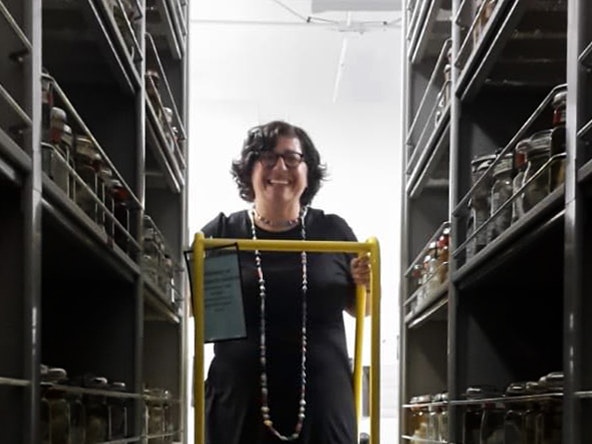
Carcinologists are the people who study the world of crustacea. In this series, they talk about the captivating creatures they love – creatures that as it turns out live all around us…
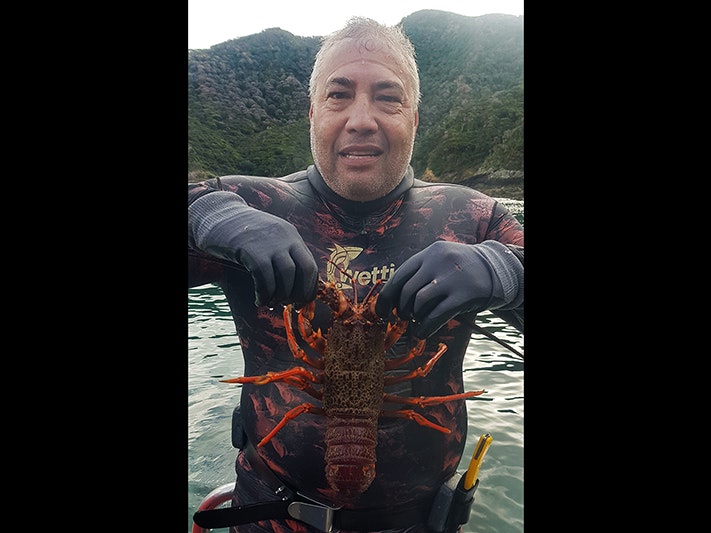
Exhibition experience developer Dan Parke spoke with Tamati Stevens a kairangahau (researcher), kairuku (diver) and educator specialising in rocky reef ecosystems.
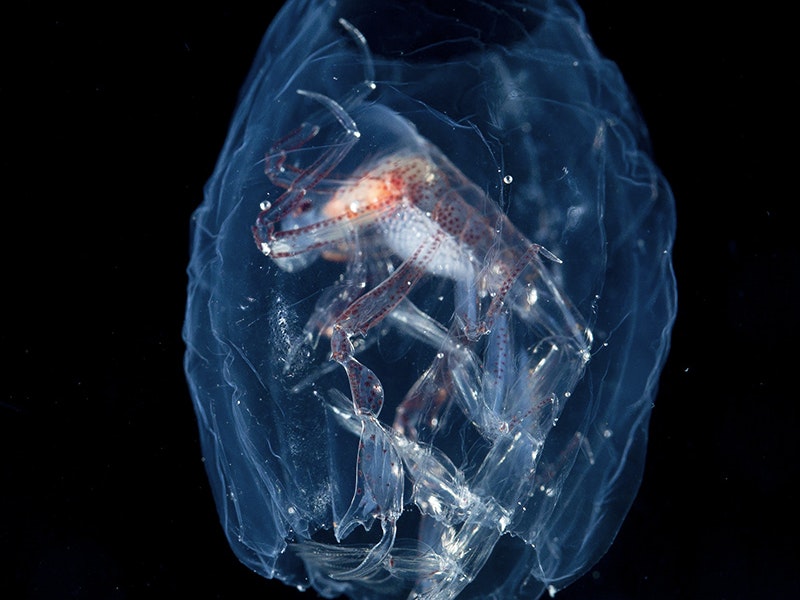
All animals, human beings included, rely on other animals for survival, forming relationships of symbiotic co-existence. But some creatures take this reliance to ghoulish heights. We call them parasites.
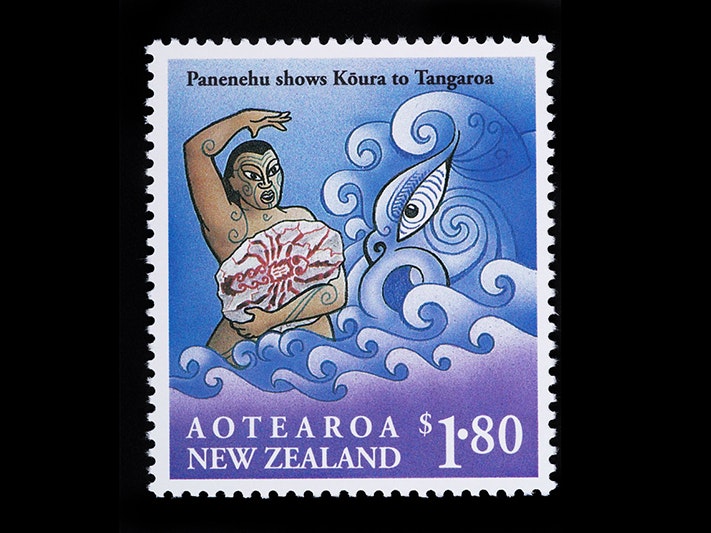
Why does the kōura look like it is made from separate shell pieces?
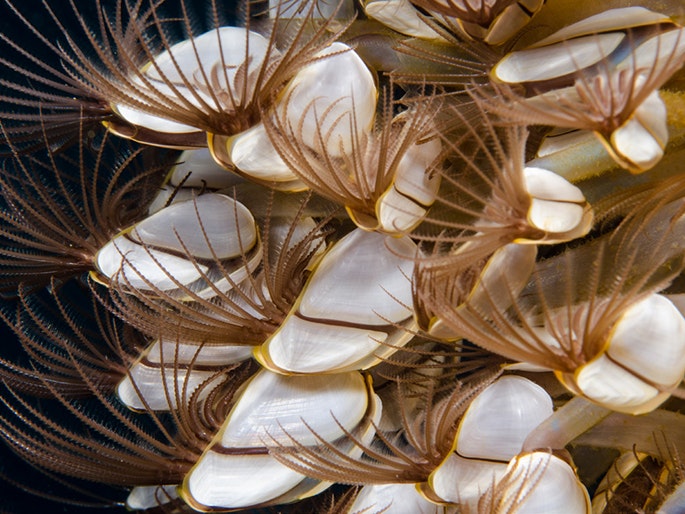
Crustaceans are like the Swiss Army knife of life, revealing an appendage for any occasion. Multifunctionality is the crustacean M.O., with their limbs cleverly turning to just about any task.
![Giant masking crab, Leptomithrax australis (Jacquinot, 1853), collected 7 March 2010, SW slope Three Kings Trough, North off Great Island [Manawa Tawhi], New Zealand. CC BY 4.0. Te Papa (CR.021627) A large crab on a black background.](/assets/76067/1691031796-ma_i374909_tepapa_leptomithrax-australis_full.jpg?ar=1.3333333333&fit=crop&auto=format)
Take a look at some of our collection of Crustacea including specimens deposited in the 19th century as well as those collected much more recently.
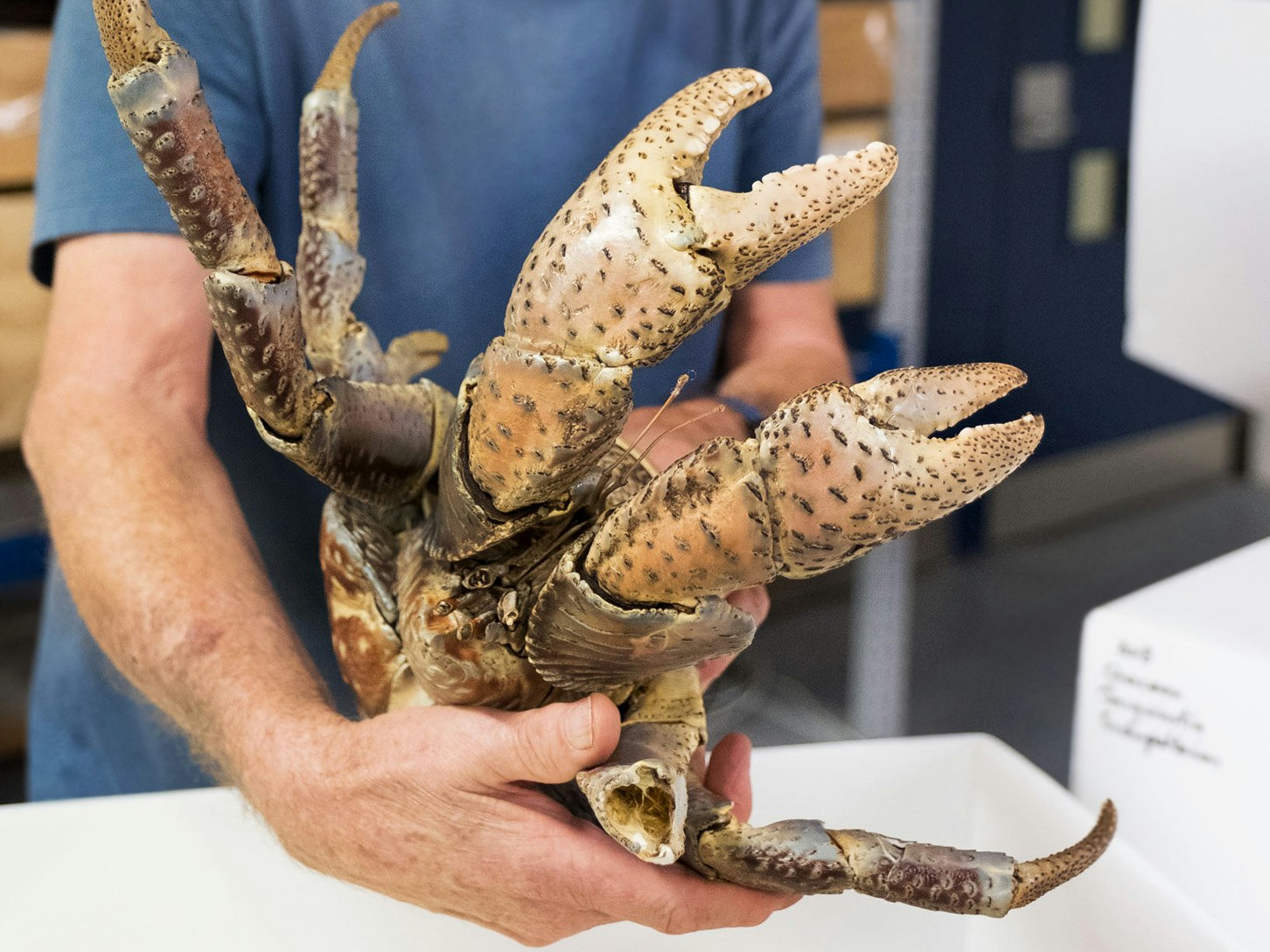
A crab that can break coconuts, grows as big as a dog, steals anything that isn’t nailed down, and enjoys a tickle. Crab expert Rick Webber introduces us to the largest land-living arthropod in the world.
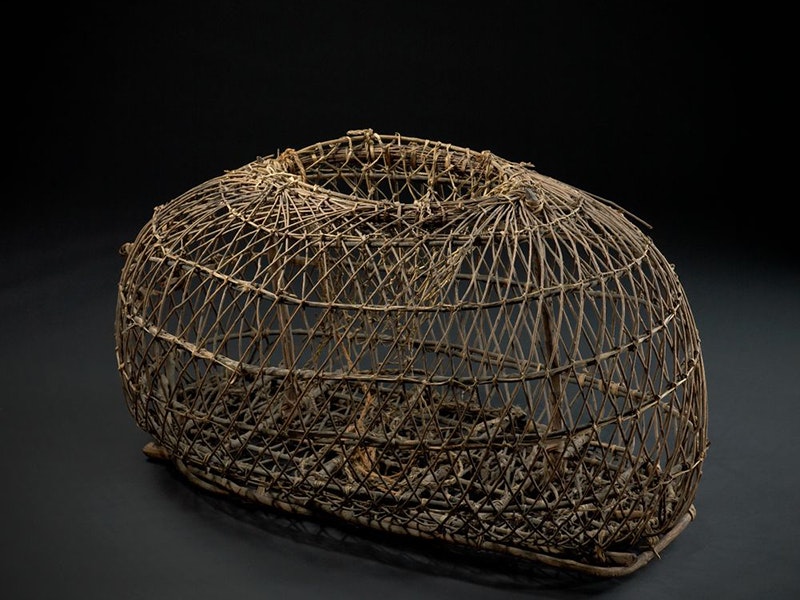
A round wicker trap, often made from mānuka where the entrance is on the top of the pot. Once a crayfish is in there, it can’t escape.
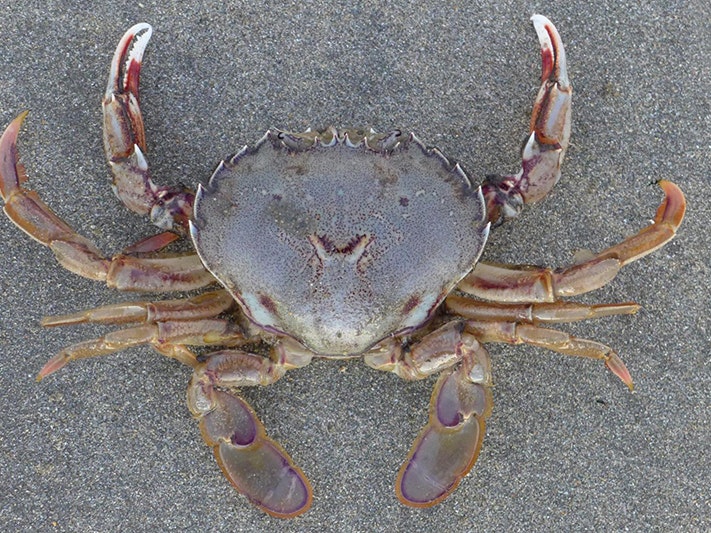
The paddle crab (Ovalipes catharus) of New Zealand. It lives just under water at sandy beaches and burrows leaving only its eyes visible, sitting in wait for prey (and swimmers’ toes!). Large males can reach 150 mm across the carapace. Photographer: WR Webber © WR Webber
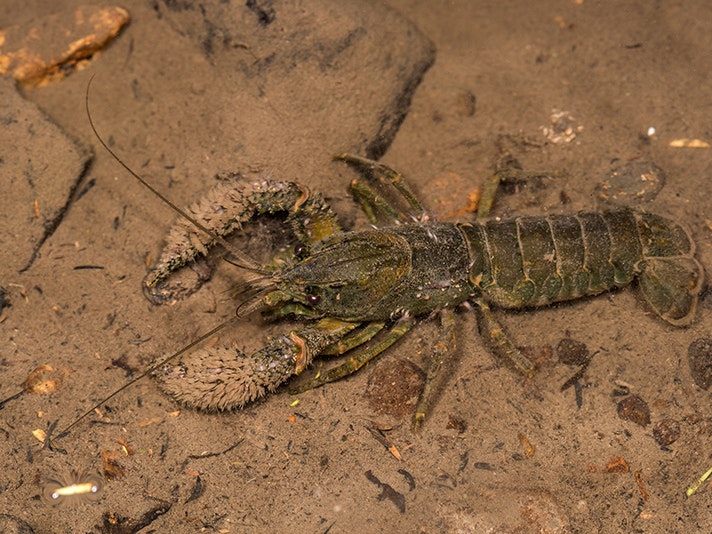
Kōura or Paranephrops zealandicus and Paranephrops planifrons live in freshwater places and are valued kai (food) for many people in Aotearoa New Zealand.
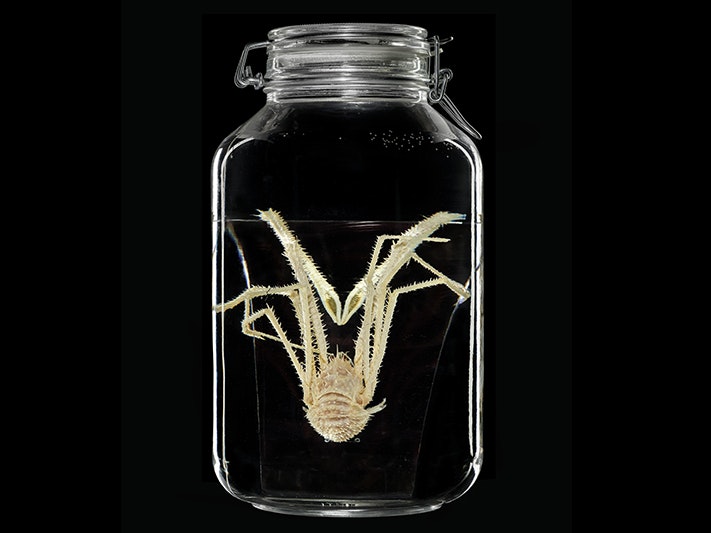
Squat lobsters are important to ecosystems because there are so many of them.
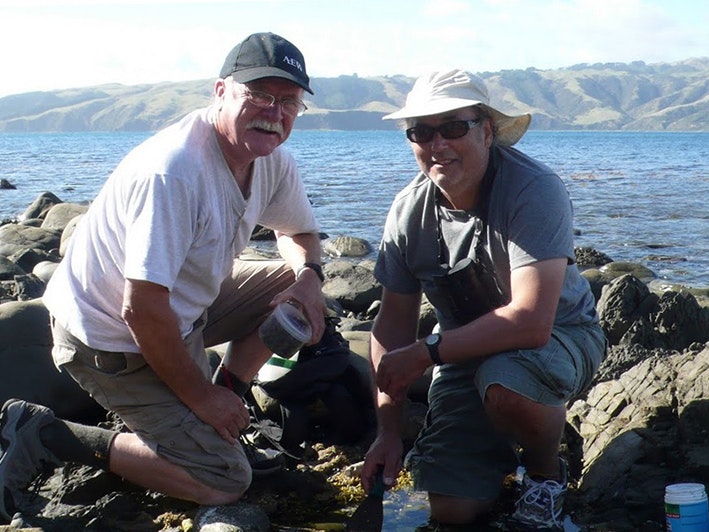
Tanaids are little marine crustaceans, mostly 2–5 millimetres long fully grown, that play a far more important role in our seas than you might imagine.
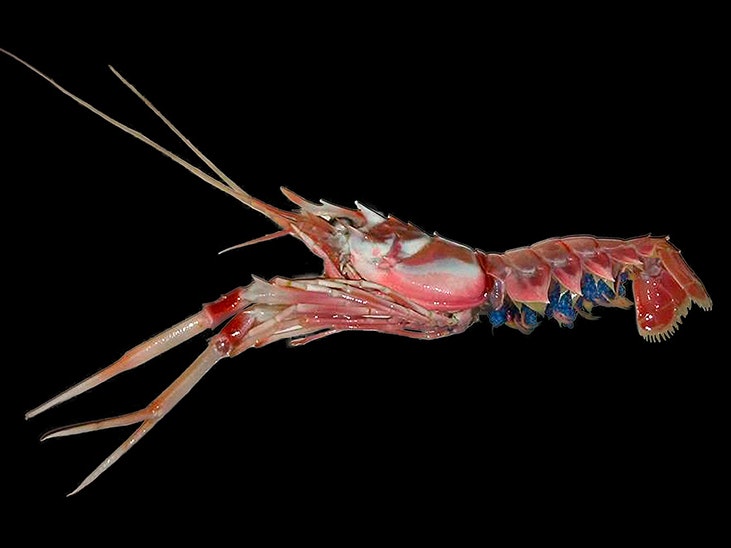
Scampi is the only marine lobster that’s unique to New Zealand – it’s fussy about where it lives and doesn’t travel far.

Former museum director John Yaldwyn specialised in crustaceans, but he also had a keen interest in extinct New Zealand birds, archaeology, and history.
![Hermit crab, Diacanthurus rubricatus, from NIWA Station 0254 off Kaikoura, depth 80-100 metres, [date unknown]. Photo by Ken Grange, courtesy of NIWA A close up of a hermit crab under water.](/assets/76067/1695768322-diacanthurus_rubricatus_memoir_cover_niwa.jpg?ar=1.3333333333&fit=crop&auto=format)
A crab who squats in other houses with flatmates and secret friends.
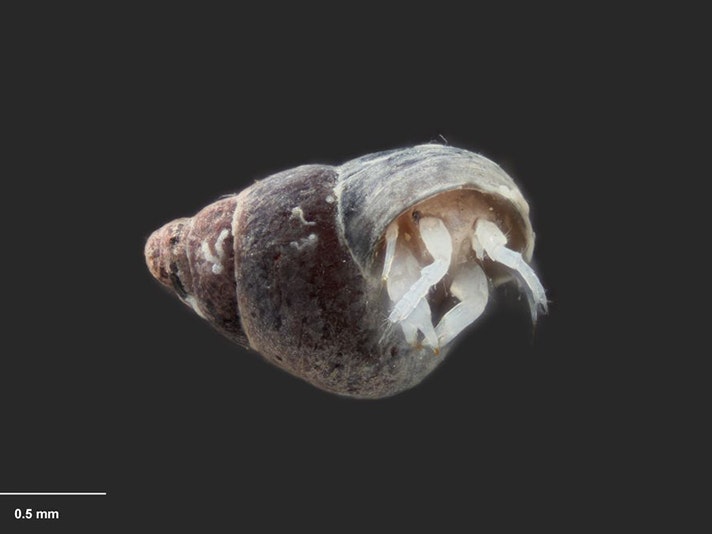
New Zealand has 80-plus tanaid species – and counting. This species has been known for about 20 years, but only now is it getting specialist attention. It is only recorded from New Zealand, in shallow waters around the northeastern North Island.
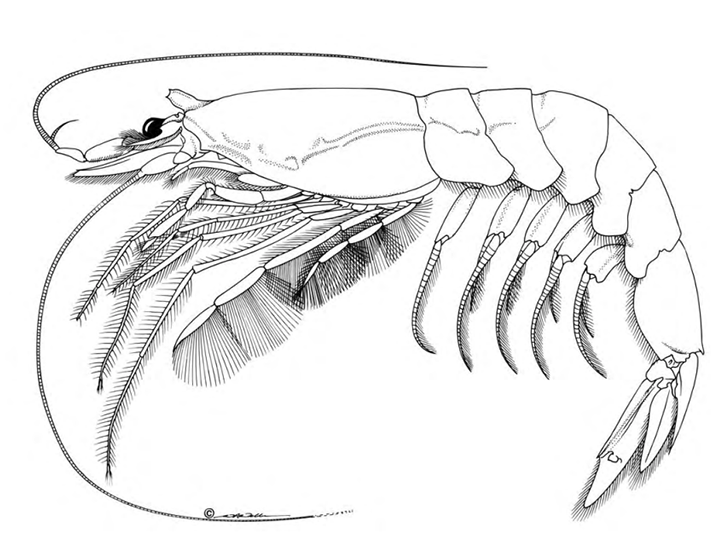
A checklist of the Recent Decapoda (shrimps, prawns, lobsters, crayfish and crabs) of the New Zealand region, including 488 named species in 90 families, with 153 (31%) of the species considered endemic.